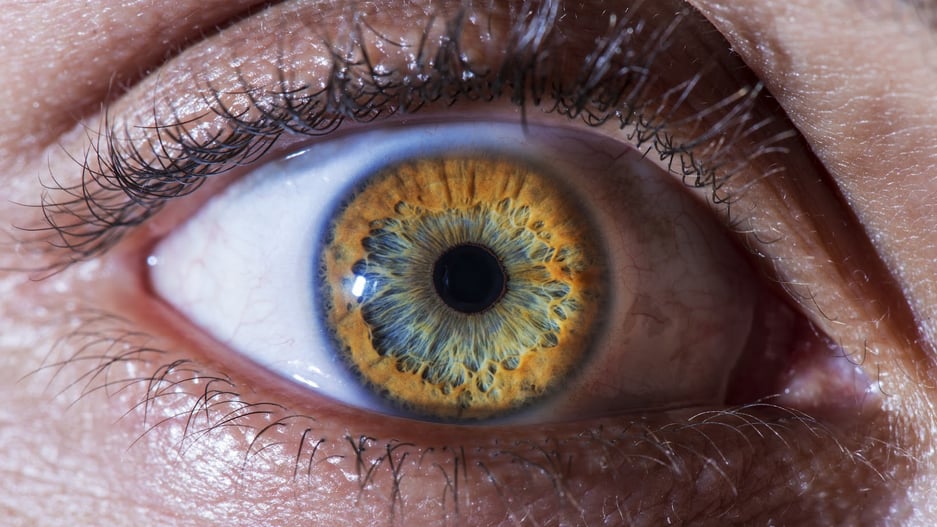
What are Punctal Plugs?
If you’ve never suffered from severe dry eyes, you’ve probably never heard of punctal plugs. Their similarity to the word “puncture” makes them sound rather painful, especially when you discover that they’re used in the eye. But what exactly are these tiny devices, and what is their purpose? Keep reading to find out.
Punctal Plug Definition and Reasons for Use
Punctal plugs are tiny devices placed in the eye’s puncta, or tear ducts, to keep fluid from draining out of the eye. The plugs are about the size of a grain of rice and can effectively keep the surface of the eye moist. This increases eye comfort by relieving dry, burning, and itching eyes.
Punctal plugs may also be called lacrimal plugs, punctum plugs, tear duct plugs, or occluders. They can be inserted temporarily or permanently. Sometimes an additional plug called an intracanalicular plug goes into the deeper part of the tear duct called the canaliculus.
Punctal plugs are the next step in treatment for dry eyes when eye drops and other methods fail to keep the eye well-lubricated.
Types of Punctal Plugs
There are three types of punctal plugs. Tear duct plugs also come in different shapes, including hollow, slanted, umbrella, and reservoir. Your ophthalmologist will measure the tear ducts’ shape and size to determine which shape is best.
Temporary, or dissolving, plugs are made of a material that will gradually break down and be absorbed by the body. They last for a few days or up to several months and are usually made of collagen. Temporary plugs are often used to keep the eyes moist after LASIK or other corrective eye surgery. They’re also a good idea for someone who wants to try them out before committing to more permanent punctal plugs.
Semi-permanent punctal plugs are made of longer-lasting materials such as silicone or acrylic. They can stay in the eye for years until a doctor removes them.
So-called permanent punctal plugs aren’t really devices at all. Rather, it’s a procedure called punctal cautery that burns the tear ducts so they will close with scars. This procedure is usually reserved for those for whom semi-permanent plugs don’t work or keep falling out.
How Punctal Plugs are Inserted (and Removed)
Inserting punctal plugs is a quick, in-office procedure. Your eye doctor will examine your tear ducts to determine what type and size of plug you need.
The doctor may use anesthesia to numb your tear ducts, but some people may be able to skip this step. You may feel some pressure as the plugs are placed into your eyelids. After they’re inserted, you’ll be able to resume your normal activities.
Removing punctal plugs is also a simple procedure. Your eye doctor will use forceps to gently pull silicone plugs out of your tear ducts. Or, the doctor might flush them out with a salt water solution. If you have intracanalicular plugs, they will need to be surgically removed.
Possible Risks and Side Effects of Punctal Plugs
Every procedure carries possible risks or side effects. The most common side effect after punctal plug insertion is a scratchy, irritated feeling in the corners of your eyes. Usually, this feeling passes over time. Other potential risks and side effects include:
- Teary, watery eyes—a sign that perhaps you need another type of punctal plug for better tear control.
- Plugs that shift or move out of the eye, usually from rubbing your eyes.
- Tear duct inflammation, redness, and swelling.
- Eye infections, which can often be treated with antibiotics.
Punctal plugs aren’t for everyone. If your dry eye is caused by an autoimmune disease, or if you have ocular rosacea, eye inflammation, or a difficult case of blepharitis, you might not be a good candidate for them.
However, there are other things that can be done to get dry eyes under control. Allied Eye serves the entire Chattanooga area and can help you with dry eyes and other eye care needs. Call or text us today at (423) 855-8522 to make an eye exam appointment with our caring, compassionate providers.

